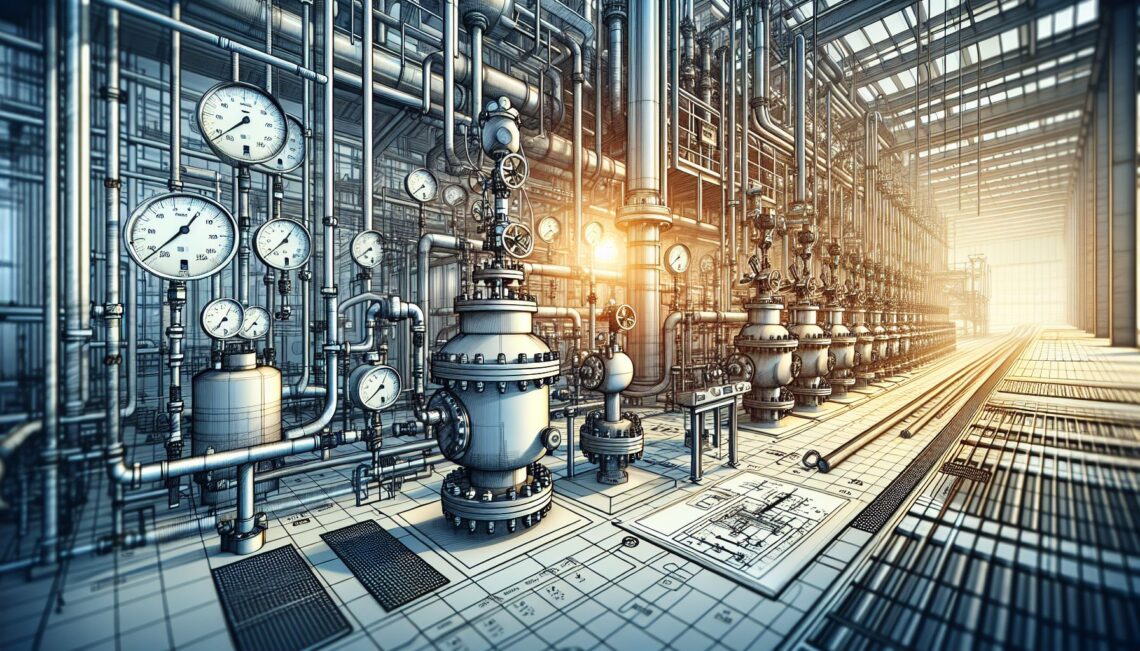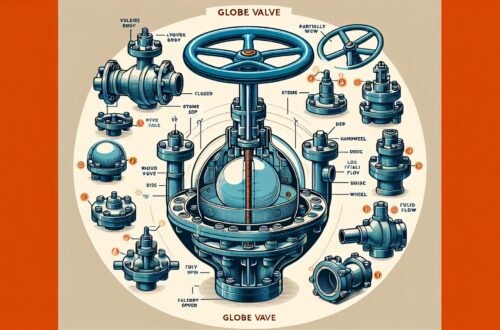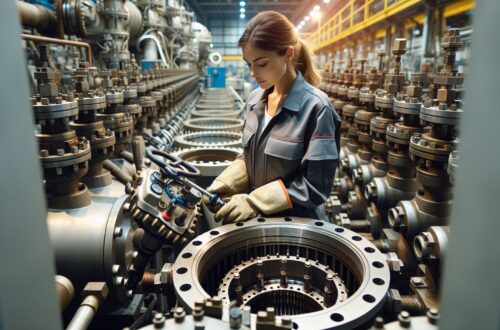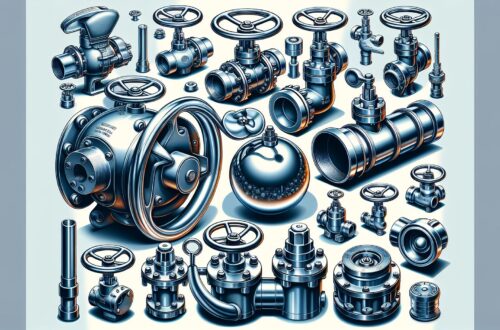
Pressure Relief Valves: The Safety Device You Need in Your Industrial System
By Amster Verghese
To talk about the important industrial component known as pressure relief valves, we must first set the scene. Imagine a kettle simmering on a stove, the water bubbling gently inside. As heat continues to be applied, pressure is building. Now, imagine there’s no way for this pressure to escape. The pressure builds until… BAM! The kettle bursts, causing unforeseen damage. Consider how much greater the catastrophic effects can be if such a scenario happened in an industrial system.
To prevent this exact disaster, we use pressure relief valves. So, what are they, how do they work, and why are they essential? Let’s delve into the fascinating world of pressure relief valves and find out.
What Are Pressure Relief Valves?
A pressure relief valve (PRV) or more commonly known as a safety valve, acts as a safeguard against possible harm caused by overpressure in boilers, pressure vessels, piping systems, and other equipment. It’s designed to open at a predetermined pressure level and discharge fluid until the pressure returns to safe levels [1].
Why Are Pressure Relief Valves Important?
Industrial systems and devices such as boilers and pressurized vessels deal with high-pressure levels, thus, they need effective protection against overpressure. These valves protect human life, system equipment, and the environment by relieving excess pressure [2].
Protection of System Equipment: When the pressure in the system becomes dangerously high, the valve opens. It helps prevent damages like rupture or explosions in the system and keeps the equipment from being ruined and causing costly downtime.
Protection of Human Life: Overpressure can lead to accidents, some of which could potentially put human lives at risk. By preventing equipment failure, PRVs indirectly safeguard human life as well.
Legal and Regulatory Compliance: Installing and correctly maintaining these valves is a legal requirement in many countries. The PRV ensures that any equipment which deals with pressurized materials is handled safely.
How Does a Pressure Relief Valve Work?
At normal operation, the pressure under the valve’s disk or piston keeps it closed. When the system or device pressure exceeds the set limit, it moves the disk or piston, consequently opening the PRV. This opening then allows the pressurized fluid or steam to escape until the pressure drops to a safe level, causing the valve to reseal [3].
Two main types of pressure relief valves are predominantly used:
-
Direct-Acting or Spring-Loaded Pressure Relief Valves: These valves open proportionally as the pressure increases above the set pressure. They are simple, dependable, and suitable for many applications.
-
Pilot-Operated Pressure Relief Valves: In these, a minor relief valve (the pilot) sets the pressure at which the main relief valve opens. These valves offer good tightness, better resealing characteristics, and more excellent capacity.
Conclusively,
In industrial systems, pressure relief valves play a critical role in safety. They release pressure, preventing failures that could lead to human injury, system damage, and unplanned downtime. Plus, it keeps you within legal obligations and protects our environment. To ensure your systems are properly protected, it’s crucial to understand the type and functioning of pressure relief valves.
Our highly experienced and knowledgeable team is always ready to help you understand your system’s safety requirements better. Reach out today to keep your systems effectively functioning and protected!
Amster Verghese is a mechanical engineer with over 10 years of experience in the field of industrial machinery and safety systems. His articles aim to help businesses navigate the complex world of industrial machinery, with a focus on safety devices like Pressure Relief Valves.
Sources:




